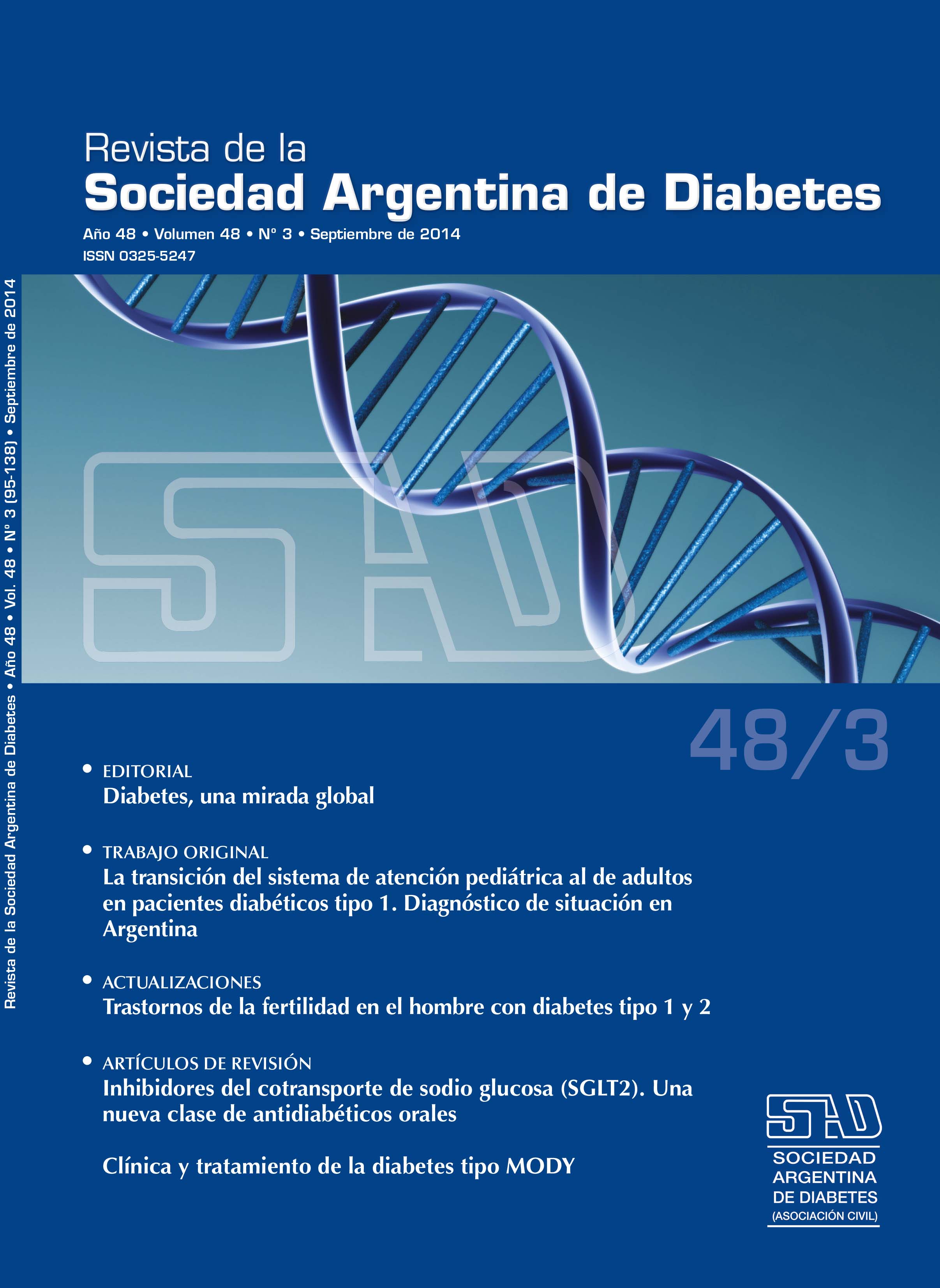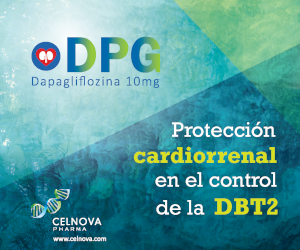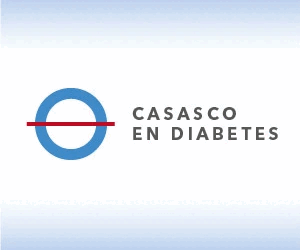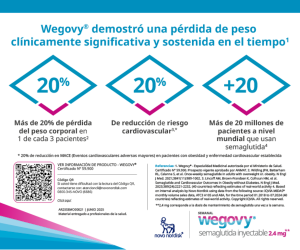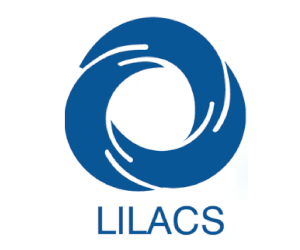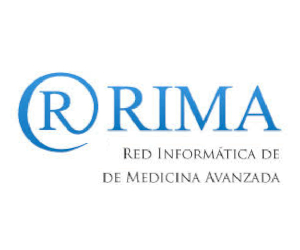Clínica y tratamiento de la diabetes tipo MODY
DOI:
https://doi.org/10.47196/diab.v48i3.190Palabras clave:
monogénica, mody, glucoquinasa, HNF-1Resumen
El término MODY (Maturity Onset Diabetes in Youngs) proviene de la antigua clasificación de la DM que la subdividía en aquellas que comenzaban en la juventud de las que lo hacían en la edad adulta. En la actualidad, se las encuadra dentro de aquellos cuadros caracterizados por “defectos genéticos en la función de la célula beta”. Es una forma monogénica de la enfermedad cuyo denominador común es la hiposecreción de insulina como factor desencadenante primario. Actualmente se han identificado 13 subtipos de MODY. Si bien MODY representa aproximadamente el 1-2% de los pacientes con DM, se estima que un gran porcentaje de los casos se encuentra sin diagnosticar. En cuanto a la frecuencia relativa, MODY 2 y MODY 3 representan alrededor del 60-80% de los casos, y MODY 1 el 10% de los mismos. En general, los pacientes con MODY se caracterizan por tener: 1) DM de comienzo en la edad joven, en general menores de 25 años; 2) fuerte influencia familiar; 3) sin estigmas de insulinorresistencia; 4) insulinoindependencia; 5) ausencia de autoanticuerpos relacionados con DM autoinmune. El diagnóstico de MODY trae aparejada implicancias pronósticas, terapéuticas y sobre consejo genético. Aquellos pacientes con mutación en glucoquinasa (MODY 2) habitualmente no desarrollan complicaciones crónicas tanto micro como macrovasculares y en general no requieren tratamiento farmacológico, mientras que aquellos con mutaciones en HNF-1α (MODY 3) tienen tendencia a complicaciones microvasculares y poseen la característica de presentar hiperrespuesta a dosis bajas de sulfonilureas, incluso en algunas ocasiones presentan hipoglucemias severas.
Citas
Diagnosis and classification of diabetes mellitus. Diabetes Care 2013; 36: 67-74.
Tattersall RB. Mild familial diabetes with dominant inheritance. J. Med. 1974; 43:339-357.
Gardner D, Tai ES. Clinical features and treatment of maturity onset diabetes of the young (MODY). Diabetes, metabolic syndrome and obesity: targets and therapy; 2012: 5 101-108.
Borowiec M. Mutations at the BLK locus linked to maturity onset diabetes of the young and beta-cell dysfunction. PNAS 2009; 34: 14460-14465.
Bowman B, Hattersley AT, Ellard S, et al. Heterozygous ABCC8 mutations are a cause of MODY. Diabetologia 2012; 55:123-127.
Bonnefond A, Philippe J, Froguel P, et al. Whole-exome sequencing and high throughput genotyping identified KCNJ11 as the thirteenth MODY gene. PLoS ONE 2012; 7: e37423.
Frayling TM, et al. Beta-cell genes and diabetes: molecular and clinical characterization of mutations in transcription factors. Diabetes 2001; 50:S94-S100.
Pihoker C, Guilliam LK, Hattersley AT, et al. SEARCH for Diabetes in Youth Study Group. Prevalence, characteristics and clinical diagnosis of maturity onset diabetes of the young due to mutations in HNF-1A, HNF-4A, and glucokinase: results from the SEARCH for Diabetes in Youth. J. Clin. Endocrinol. Metab. 2013; 98:4055-4062.
Estalella I, Rica I, Perez de Nanclares G, et al. Mutations in GCK and HNF-1alpha explain the majority of cases with clinical diagnosis of MODY in Spain. Clin. Endocrinol. (Oxf) 2007; 67:538-546.
De Dios A, Frechtel GD, López A, et al. Caracterización clínica de los diferentes subtipos de MODY diagnosticados mediante técnicas de genética molecular. Comunicación oral, XIX Congreso Argentino de Diabetes, 2014.
Vaxillaire M, Froguel P. Monogenic diabetes in the young, pharmacogenetics and relevance to multifactorial forms of type 2 diabetes. Endocrine Reviews 2008; 29:254-264.
Pruhova S, Dusaktova P, Sumnik Z et al. Two cases of diabetic ketoacidosis in HNF1A-MODY linked to severe dehydration. Diabetes Care 2013; 36:2573-2574.
Matschinsky FM. Glucokinase, glucose homeostasis and diabetes mellitus. Curr. Diab. Rep. 2005; 5:171-176.
Byrne MM, Sturis J, Clement K, et al. Insulin secretory abnormalities in subjects with hyperglycemia due to glucokinase mutations. J. Clin. Invest. 1994; 93:1120-1130.
Stride A, Vaxillaire M, Tuomi T, et al. The genetic abnormality in the beta cell determines the response to an oral glucose load. Diabetologia 2002; 45:427-435.
Martin D, Froguel P, Velho G, et al. Long-term follow-up of oral glucose tolerance test-derived glucose tolerance and insulin secretion and insulin sensitivity indexes in subjects with glucokinase mutations (MODY2). Diabetes Care 2008; 31:1321-1323.
Spégel P, Ekholm E, Filipsson K, et al. Metabolite profiling reveals normal metabolic control in carriers of mutations in the glucokinase gene (MODY2). Diabetes 2013; 62:653-661.
Kousta E. Glucokinase mutations in a phenotypically selected multiethnic group of women with a history of gestational diabetes. Diabetes Med. 2001; 18:683-4.
Hattersley AT. Mutations in the glucokinase gene of the fetus results in reduced birth weight. Nature Genetics 1998; 19:268-270.
Colom C, Corcoy R. Maturity onset diabetes of the young and pregnancy. Clinical Endocrinology & Metabolism 2010; 24: 605-615.
Spyer G, et al. Influence of maternal and fetal glucokinase mutations in gestational diabetes. Obstet. Gynecol. 2001;185:240-1.
Pettit DJ, Aleck KA, Baird HR, et al. Congenital susceptibility to NIDDM: role of intrauterine environment. Diabetes 1998; 37: 622-628.
Singh R, Pearson ER, Hattersley AT, et al. The long term impact on offspring of exposure to hyperglycaemia in utero due to maternal glucokinase gene mutations. Diabetologia 2007; 50: 620-624.
Cereghini S. Liver-enriched transcription factors and hepatocyte differentiation. FASEB J 1996; 10:267-82.
Stoffel M, Duncan SA. The maturity-onset diabetes of the young (MODY 1) transcription factor HNF4a regulates expression of genes required for glucose transport and metabolism. Proc. Natl. Acad. Sci. USA 1997;94:13209-14.
Wang H, Maechler P, Antinozzi PA, et al. Hepatocyte nuclear factor 4a regulates the expression of pancreatic b-cell genes implicated in glucose metabolism and nutrient-induced insulin secretion. J. Biol. Chem. 2000; 275:35953-9.
Pontoglio M. HNF1α controls renal glucose reabsortion in mouse and men. EMBO reports 2000; 1:359-365.
Thanabalasingham G, Huffman JE, Wright AF, et al. Mutations in HNF-1A result in marked alterations of plasma glycan profile. Diabetes 2013; 62:1329-1337.
Mc Donald TJ, Shields BM, Hattersley AT, et al. High-sensitivity CRP discriminates HNF-1A-MODY from other subtypes of diabetes. Diabetes Care 2011; 34:1860-1862.
Knezevic A. Effects of aging, body mass index, plasma lipid profiles, and smoking on human plasma N-glycans. Glycobiology; 201; 20:959-969.
Mc Donald TJ, et al. Islet autoantibodies can discriminate maturity-onset diabetes of the young (MODY) from type 1 diabetes. Diabet. Med. 2011; 28:1028-1033.
Pearson ER. HDL-cholesterol: differentiating between HNF-1A MODY and type 2 diabetes. Diabetes 2003; 20:S21-S33.
Pearson ER, Boj SF, Steele AM, et al. Macrosomia and hyperinsulinaemic hypoglycaemia in patients with heterozygous mutations in the HNF4a gene. Plos Medicine 2007; 4:118.
Stride A, Shepherd M, Frayling M, et al. Intrauterine hyperglycaemia is asosciated with an earlier diagnosis of diabetes in HNF-1 alfa gene mutations carriers. Diabetes Care 2002; 25: 2287-2291.
Klupa T, Warram JH, Antonellis A, et al. Determinants of the development of diabetes (maturity onset diabetes of the young 3) in carriers of HNF-1 alfa mutations: evidence for parent of origin effect. Diabetes Care 2002; 25:2292-2301.
Isomaa B, Henricsson M, Groop L, et al. Chronic diabetic complications in patients with MODY3 diabetes. Diabetologia 1998; 4: 467-473.
Dukes ID, et al. Defective pancreatic β-cell glycolytic signaling in hepatocyte nuclear factor 1α deficient mice. J. Biol. Chem. 1998; 273:24457-24464.
Sagen JV. Preserved insulin response to tolbutamide in hypatocyte nuclear factor-1α carriers. Diabet. Med. 2005; 22:406-409.
Pearson ER, et al. Sensitivity to sulphonylureas in pataients with hepatocyte nuclear factor-1α gene mutations: evidence for pharmacogenetics in diabetes. Diabetic Medicine 2000; 17: 543-545.
Hansen T, Eiberg H, Rouard M, et al. Novel MODY 3 mutaions in the hepatocyte nuclear factor 1α gene. Evidence for a hyperexcitability of pancreatic β cells to intraveneus secretagogues in a glucose tolerant carrier of a P447L mutation. Diabetes 1997; 46: 726-730.
Lehto M, et al. Characterization of the MODY 3 phenotype, early onset diabetes caused by an insulin secretion defect. J. Clin. Invest. 1997; 99:582-591.
Tuomi T, Isooma B, Groop LC, et al. Improved prandial glucose control with lower risk of hypoglycemia with nateglinide than with glibenclamide in patients with maturity-onset diabetes of the young type 3. Diabetes Care 2006; 29:189-194.
Pearson ER, et al. Molecular genetics and phenotypic characteristics of MODY caused by hepatocyte nuclear factor 4 alpha mutations in a large European collection. Diabetologia 2005; 48:878-885.
Ulinski T, et al. Renal phenotypes related to hepatocyte nuclear factor-1beta (TCF2) mutations in a pediatric cohort. J. Am. Soc. Nephrol. 2006;17:497-503.
Faguer S, et al. Diagnosis, management, and prognosis of HNF1B nephropathy in adulthood. Kidney Int. 2011;80:768-776.
Stoffers DA, et al. Insulin promoter factor-1 gene mutation linked to early-onset type 2 diabetes mellitus directs expression of a dominant negative isoprotein. J. Clin. Invest 1998; 102: 232-241.
Njølstad PR, Molven A. To test, or not to test: time for a MODY calculator? Diabetologia 2012; 55:1231-1234.
Ellard S, Bellanné Chantelot C, Hattersley AT. Best practice guidelines for the molecular genetic diagnosis of maturity-onset diabetes of the young. Diabetologia 2008; 51:546-553.
Naylor RN, John PM, Winn AN, et al. The cost-effectiveness of maturity-onset diabetes of the young genetic testing. Translating genomic advances into practical health applications. Diabetes Care 2013, doi: 10.2337/dc13-0410.
Gill-Carey O, Ellard S, Hattersley AT, et al. Finding a glucokinase mutation alters patient treatment. Diabet. Med. 2007; 24:6.
Descargas
Publicado
Número
Sección
Licencia

Esta obra está bajo una licencia internacional Creative Commons Atribución-NoComercial-SinDerivadas 4.0.
Dirección Nacional de Derecho de Autor, Exp. N° 5.333.129. Instituto Nacional de la Propiedad Industrial, Marca «Revista de la Sociedad Argentina de Diabetes - Asociación Civil» N° de concesión 2.605.405 y N° de disposición 1.404/13.
La Revista de la SAD está licenciada bajo Licencia Creative Commons Atribución – No Comercial – Sin Obra Derivada 4.0 Internacional.
Por otra parte, la Revista SAD permite que los autores mantengan los derechos de autor sin restricciones.



